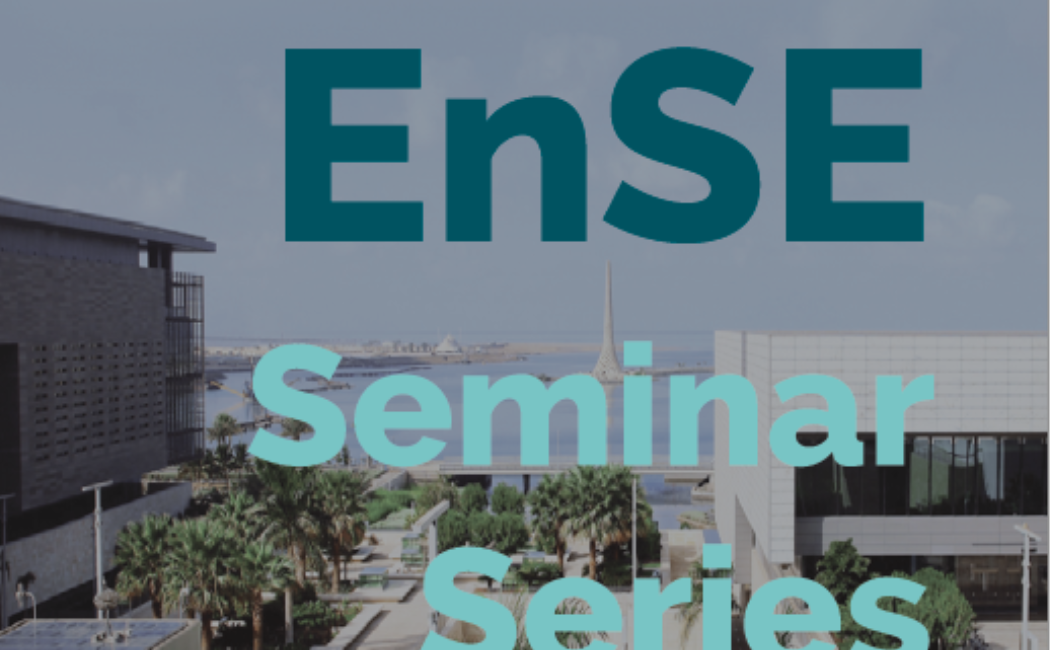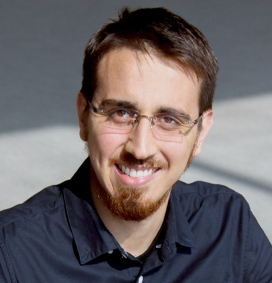



Engineers routinely characterize hydrophobic surfaces by measuring contact angles, , of water droplets on them– if
, of water droplets on them– if  , surfaces are classified as hydrophobic. Despite this simple assessment, the fundamental nature of the hydrophobic interaction, defined as the attractive force experienced by two hydrophobic surfaces across water, remains unclear. Specifically, molecular-scale insights into the distance-dependence of the hydrophobic interaction and, the effects of adsorption of ions and evolution of hydrogen bonded percolation networks at water-hydrophobic interfaces are not entirely clear. Detergency and self-assembly process in air, oils and perflurocarbons are common examples of hydrophobic interactions. However, despite its ubiquitousness, mechanistic insights into hydrophobic interactions between extended surfaces remain elusive. To resolve those issues we quantified hydrophobic interactions between molecularly-smooth mica surfaces terminated with perfluorodecyltrichlorosilane (FDTS) molecules in a variety of aqueous solutions, including 10 mM KCl water and heavy water, methanol, ethanol, and isopropanol, and 10 mM aqueous solutions of KBr, KI, KClO4, KPF6 using the Surface Force Apparatus (SFA). Intriguingly, we found that the hydrophobic interaction was stronger in light water compared to heavy water. This difference in hydrophobic interaction comes up when most of the physical properties of light water and heavy water are the same. My seminar will be a brief talk about the SFA technique used for the force measurement studies followed by the results and backed up by molecular dynamic simulations.
, surfaces are classified as hydrophobic. Despite this simple assessment, the fundamental nature of the hydrophobic interaction, defined as the attractive force experienced by two hydrophobic surfaces across water, remains unclear. Specifically, molecular-scale insights into the distance-dependence of the hydrophobic interaction and, the effects of adsorption of ions and evolution of hydrogen bonded percolation networks at water-hydrophobic interfaces are not entirely clear. Detergency and self-assembly process in air, oils and perflurocarbons are common examples of hydrophobic interactions. However, despite its ubiquitousness, mechanistic insights into hydrophobic interactions between extended surfaces remain elusive. To resolve those issues we quantified hydrophobic interactions between molecularly-smooth mica surfaces terminated with perfluorodecyltrichlorosilane (FDTS) molecules in a variety of aqueous solutions, including 10 mM KCl water and heavy water, methanol, ethanol, and isopropanol, and 10 mM aqueous solutions of KBr, KI, KClO4, KPF6 using the Surface Force Apparatus (SFA). Intriguingly, we found that the hydrophobic interaction was stronger in light water compared to heavy water. This difference in hydrophobic interaction comes up when most of the physical properties of light water and heavy water are the same. My seminar will be a brief talk about the SFA technique used for the force measurement studies followed by the results and backed up by molecular dynamic simulations.
Sreekiran Raveendran Pillai received his M.Tech. in Chemical Engineering from Indian Institute of Technology (I.I.T) Bombay in 2014 with an All India Rank of 148, where he worked under Prof. Sarika Mehra and Prof. Rama Govindarajan. He joined the Interfacial Lab in WDRC during the Fall of 2015. Currently, he is pursuing his Ph.D. in the Department of Environmental Engineering under the supervision of Prof. Himanshu Mishra. His research interest includes surface engineering, hydrophobic interactions .and interfacial engineering.

Global demands for food and water are expected to rise by more than 50% by 2050 in order to sustain a projected population of 9.3 billion; and climate change could further exacerbate the constraints. Thus, higher crop yields will need to be achieved considering the limited surface and groundwater reserves. In response, we present an inexpensive granular superhydrophobic mulch as a potential solution. Comprising of ordinary sand grains with an approximately 20 nm-thick coating of paraffin wax, our superhydrophobic sand mulch dramatically suppresses evaporative loss when placed as a ~5 mm layer on topsoil. As a result, the average soil moisture content increases, leading to less stress for plants and consequently, higher yields. Field experiments for the past two years in Saudi Arabia demonstrate that the superhydrophobic sand mulch significantly enhances yields in tomato (Solanum lycopersicum) and barley (Hordeum vulgare) crops, relative to unmulched soils. The increased soil moisture also produced higher yields under irrigation with saline water (~5000 ppm). This novel technology has the potential to unlock new lands for agriculture and strengthen the food-water-energy nexus in arid regions, such as the Middle East.
Adair Gallo Junior is a chemical engineer from Brazil and was a co-founder of Massarani, a junior consultancy company specialized the areas of Chemical/Environmental Engineering. During his undergrad studies, he was awarded with the Science Without Borders scholarship for a one-year exchange program at the University of Iowa, with a summer internship at Jacob Israelachvili's lab at the University of California in Santa Barbara. There, Adair worked under the supervision of Dr. Himanshu Mishra on bio-inspired materials and interfaces. Adair received his Master's degree from KAUST in 2017 and is now pursuing his Ph.D. in Environmental Science under the guidance of Prof. Mishra at the Interfacial Lab. Adair is developing methods for improving water usage efficiency in arid land agriculture by employing water repellent sands.